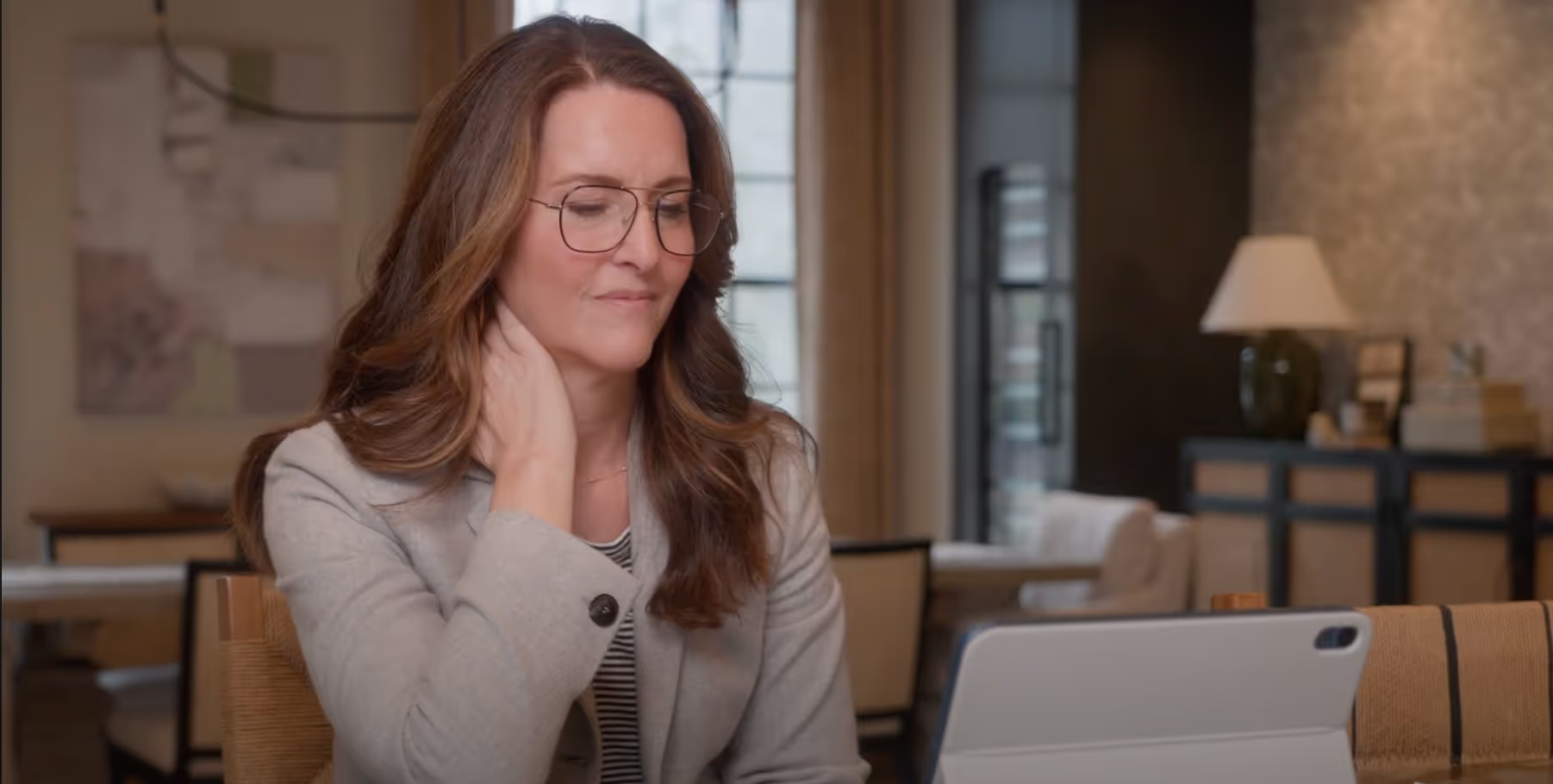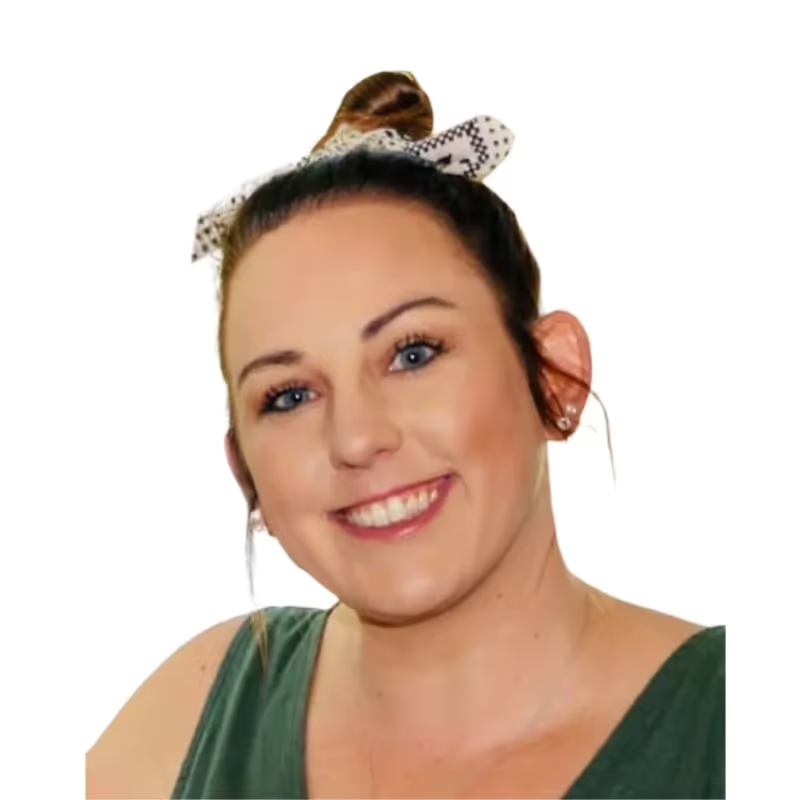Holidays are bittersweet for our family and this week is especially hard as December 5th is the birthday of both our sons. John and Ethan would have turned 34 and 33 this week. Born one year apart, they died one year apart too—Ethan in July of 2020 and John in August of 2021—due to a genetic form of ALS.
The summer after John passed, I joined Synapticure as a care coordinator. I was drawn to Synapticure’s mission as our co-founders, Brian and Sandra, have changed the landscape for people living with ALS and other neurodegenerative diseases. I am blessed to be part of such an incredible team. I wish my boys would have had this support while they battled ALS.
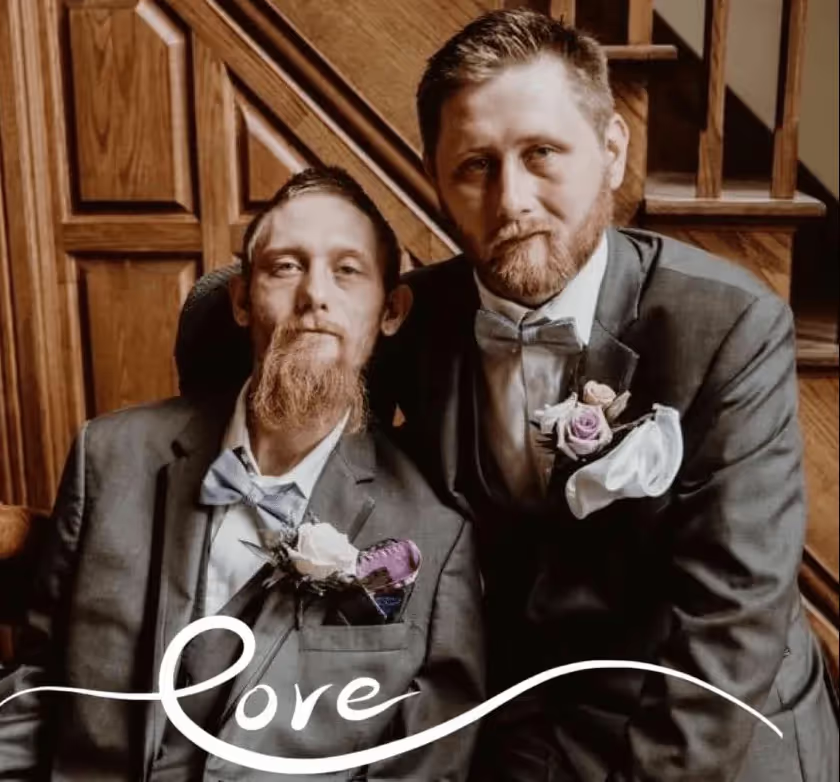
Our Advocacy to Expedite Access to ALS Therapies
My boys are my guiding influence. They encouraged me to continue to help other families with ALS. After Ethan died, John and I joined Brian and Sandra in their efforts to pass legislation to help people get earlier access to investigational therapies. We participated in dozens of zoom calls with Congress, spoke to reporters, and took out a billboard to convince Bernie Sanders to sponsor the bill. Ethan’s young daughter even joined us on some calls.
The day the ACT for ALS became law, I sat in a puddle of tears, knowing John helped to get it passed but wasn’t here to see that accomplishment. But I know John’s voice mattered.
As a nurse, John knew no one would understand what ALS does unless they could witness it. He shared videos of ‘A Day in the Life’ of an ALS patient: showing how he used a trach, a cough assist and a suction device. On Zoom calls, his slurred voice told our family’s story. Later when ALS took his speech, it didn’t take his voice. Unable to use his hands, he would type with his toes on a cardboard keyboard to deliver the unrelenting plea to Congress to pass the ACT for ALS.
When the President signed the bill into law two years ago on December 23, 2021, he said:
“The bill I’m about to sign into law truly represents the spirit of the season of hope and light, goodness and grace. It’s the power of everyday Americans doing extraordinary things. I’m glad to sign this bill for the families and loved ones who suffer from this terrible disease.”
We were honored to join Brian and Sandra in doing extraordinary things. As hard as it is to have lost my boys, I told our local reporter in Vermont:
“The only way for me to find peace is to continue giving to others and advocating for what's right… If I can make rhyme or reason from all of this one day, some family might benefit from all of this loss.”
Today I find that peace working at Synapticure. Every day, I try to give our patients the benefit of my 20+ year nursing career, and now my personal experience caring not only for my sons with ALS but also my own father with dementia.
Our Family’s SOD1 ALS Diagnosis
In my work, I try to help the families dealing with genetic forms of ALS as our family was given almost no guidance on understanding our genetic testing and its implications. The genetic “counselor” gave us our results and sent us home with no explanation and no hope.
My husband is a carrier of a pathogenic mutation in the SOD1 gene, the first gene causally linked to ALS in 1993. Doing our own research, we learned that there are over 180 variants of this gene. Our family’s variant is called A5V, which is fast-progressing with an average lifespan of 8-12 months from diagnosis. It is also the most common in the US, affecting approximately 50% of Americans with the SOD1 mutation. Our genetic counselor shared none of this information with us nor did she direct us to clinical trials that might be options for the boys. We found the trials on our own. This is not acceptable as time is of the essence in ALS; and this is one of the things we do differently here at Synapticure.
The Tofersen Trial for People with the SOD1 Mutation
Ultimately, both our boys participated in the trial of Biogen's drug, Tofersen, which is now giving people with the SOD1 mutation more time with their families. This graphic is from Biogen's presentation at the FDA Advisory Committee meeting. Two of the lines on this graphic represent my boys. Both participated in the trial for a few months. Although the trial has not yet been unblinded, we believe one of the boys received Tofersen and one was on placebo.

As you can see, on average, people who received Tofersen at the start of the trial outlived those who first received placebo and didn't receive Tofersen until the Open Label Extension. And both groups outlived the average 8-12 month lifespan of people with the A5V mutation who never received Tofersen. At the FDA Advisory Committee meeting, the trial investigators opined that the earlier treatment resulted in the more promising outcomes. These promising findings were corroborated by biomarker data recently released at the ALS-MND Symposium; Biogen shared that those who received Tofersen early had a 66% reduction in neurodegeneration biomarker Neurofilament Light chain, and the delayed-start group had a 60% reduction. In both groups, NfL levels remained reduced for 104 weeks while people continued to receive treatment.
While our family is overjoyed that Tofersen was approved, this too is bittersweet as my boys’ onset was just a few years too soon to benefit from the approval, and they began the trial a few months too late to benefit from the therapy. Nonetheless, we know their sacrifice will help so many other families living with the SOD1 mutation today… families that now have hope. I’m proud that this is part of my boys’ legacy.
Additionally, at trial sites across the US, a second Tofersen trial called ATLAS is now enrolling people who are pre-symptomatic SOD1 carriers. One of the investigators in the original Tofersen trial, Dr. Tim Miller, spoke before the FDA supporting the drug’s approval, then he shared some of that data as well as information about the ATLAS trial in this NEALS webinar. Synapticure also hosted a webinar so people in the Tofersen trial and EAP could share their experiences with others who were considering using Tofersen (now called Qalsody).
Both of these webinars reinforce why we encourage people with ALS to talk to a genetic counselor and consider getting genetic testing because you may be able to intervene before your body starts showing ALS symptoms.
Heterogeneity in SOD1 ALS
Even if you or your loved one is identified to have a SOD1 mutation, know that not all SOD1 ALS is the same. As presented at the Tofersen Advisory Committee meeting, some people with SOD1 variants have much longer average survival. The graphic shows a small fraction of the 180+ pathogenic SOD1 mutations.

Heterogeneity can vary by race and ethnicity. While our family's A5V variant is most common in the US; other SOD1 variants are more common in other countries and among people of different ethnicities. For example, the SOD1 p.I114T variant is among the most common variants in Australia and the United Kingdom where researchers have traced the founder back 360 years to someone of Scottish ethnicity. This illustrates why genetic testing can give hope as well because one haplotype of this p.I114T variant may be associated with slow progression and a lifespan that exceeds 20 years. In a disease like ALS where the average lifespan is two to five years – and my sons were forecasted to die in less than one year – we celebrate both big and small wins. Once you get genetic testing, this is an example of information you can discuss with a Synapticure genetic counselor.
Heterogeneity in phenotype is also exemplified by type and age of onset. This is true in my family—even though they all had the exact same SOD1-A5V variant. Ethan had limb onset and John had bulbar onset. Also different were their ages of onset. My boys died in their early 30s; their grandfather at 39; and their great-grandfather at 71. Thankfully, my husband is still asymptomatic at 57 years old.
Today, we regularly monitor my husband’s biomarker called neurofilament light (“NfL”), which identifies when neurodegeneration begins to be measurable in the blood. We are watching for any changes, and when his NfL starts to increase, we hope he can start on Tofersen (now called Qalsody). It is the boys’ last gift to their father.
In return for this and many other gifts, my husband and I promised the boys that we would continue to fight to change the future for other families with ALS. So that is what we've done.
Honoring Our Boys
Our boys were always giving back and this spirit has carried on after their deaths. John set up a scholarship for local high school seniors who are going into a trade (like Ethan) or healthcare (like John). Thus far we have awarded the Andrews Brothers Foundation Scholarships to two people and this year, we will be awarding four more in memory of John and Ethan.
Each year on their birthday, we remember and honor the boys as we release lighted luminarias into the sky, one for every year of life. This year, we were joined by our new three-month old grandson, Damon, another in the line of Andrews boys. He reminds me so much of his uncles.

On this ALS journey, we have been blessed with overwhelming love and support from our family, friends, and community, including our Synapticure family. On a webinar earlier this year, I shared more of our story along with two members of that Synapticure family: genetic counselor, Brook Croke, and the Director of our ALS clinic, neurologist Dr. Danielle Geraldi-Samara. It’s my honor to work with people like them at Synapticure as we share a commitment to do all we can to help improve the quality of life for people living with neurodegenerative diseases.
“I get to be in this community with these amazing warriors…. These patients, these caregivers, these doctors… It’s as empowering as it’s ever been. When I said to my boys ‘I will not stop until I take my last breath,’ I meant that. This is bigger than me.… I feel this is bigger than all of us. Thank you for letting me be part of that.”
As a momma bear and care coordinator I feel honored to be in this fight with so many people battling ALS and other neurodegenerative diseases. Please don’t hesitate to reach out if we can help you or your loved ones. We are all in this together.
Wishing you a happy holiday season surrounded by the people you love.
1 This 2022 review in Nature outlines the various SOD1 mutations, and in the Supplementary Materials in this review published in Gene, you will find a list of currently identified pathogenic SOD1 mutations.
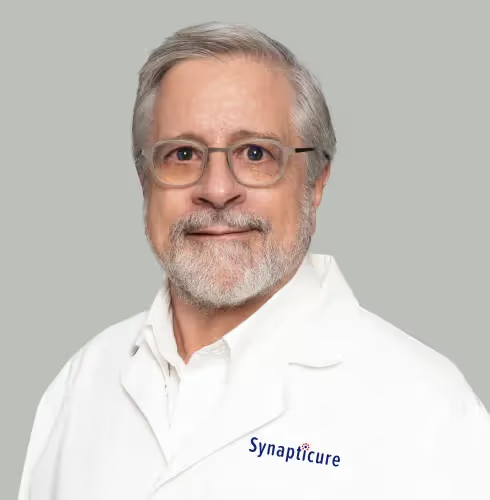

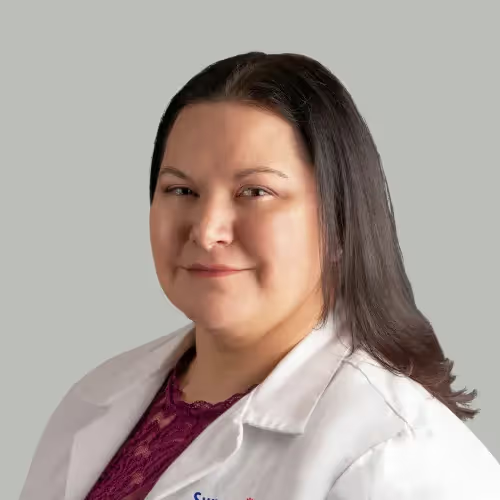



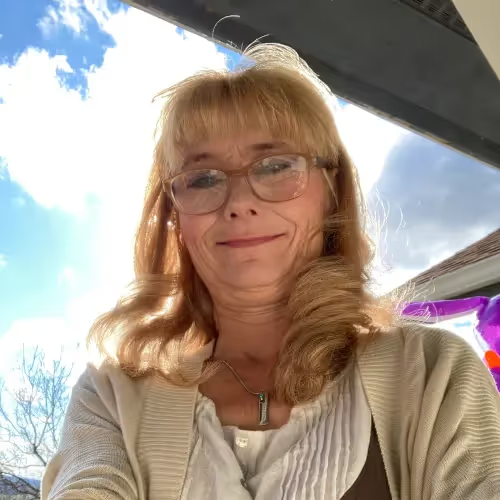
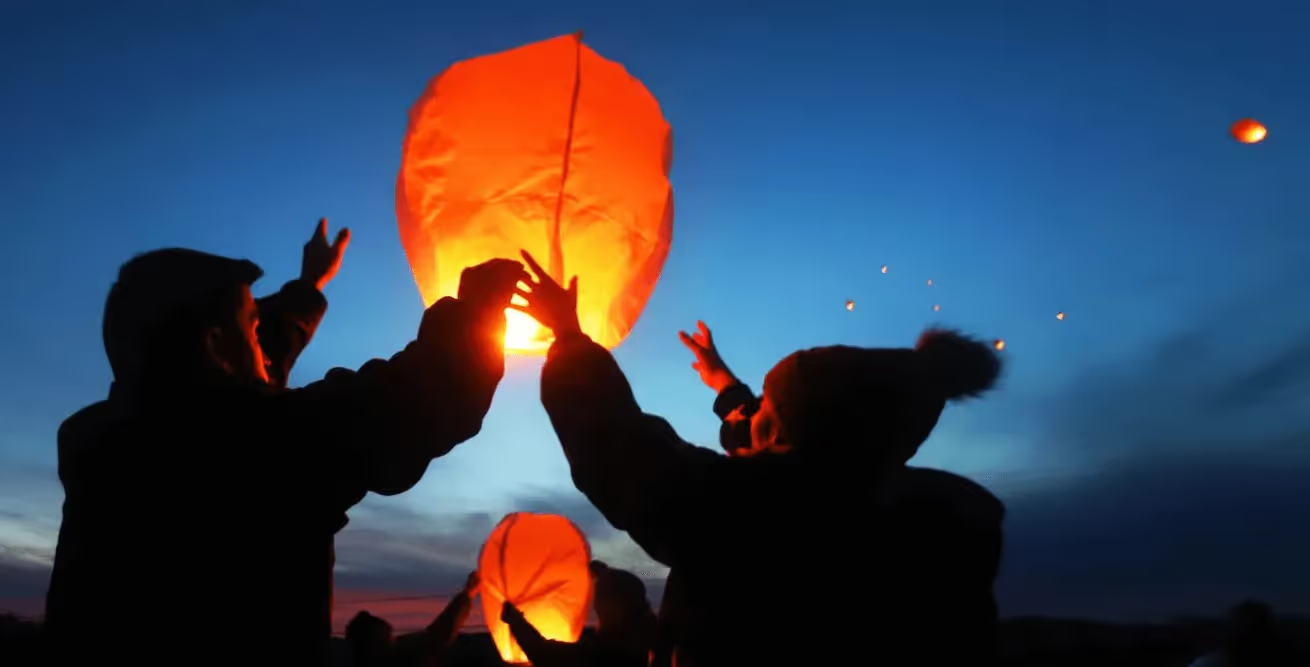




.png)
